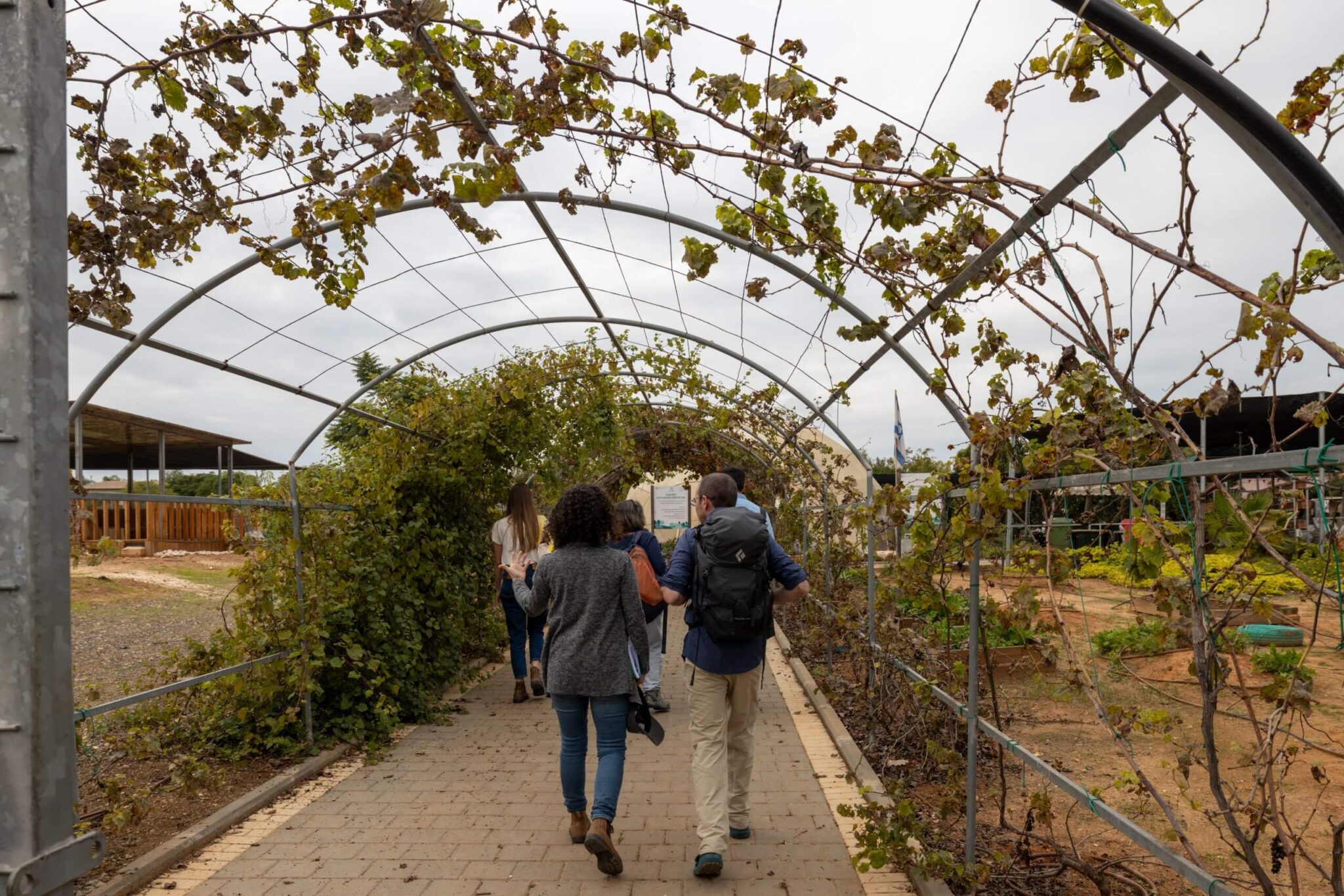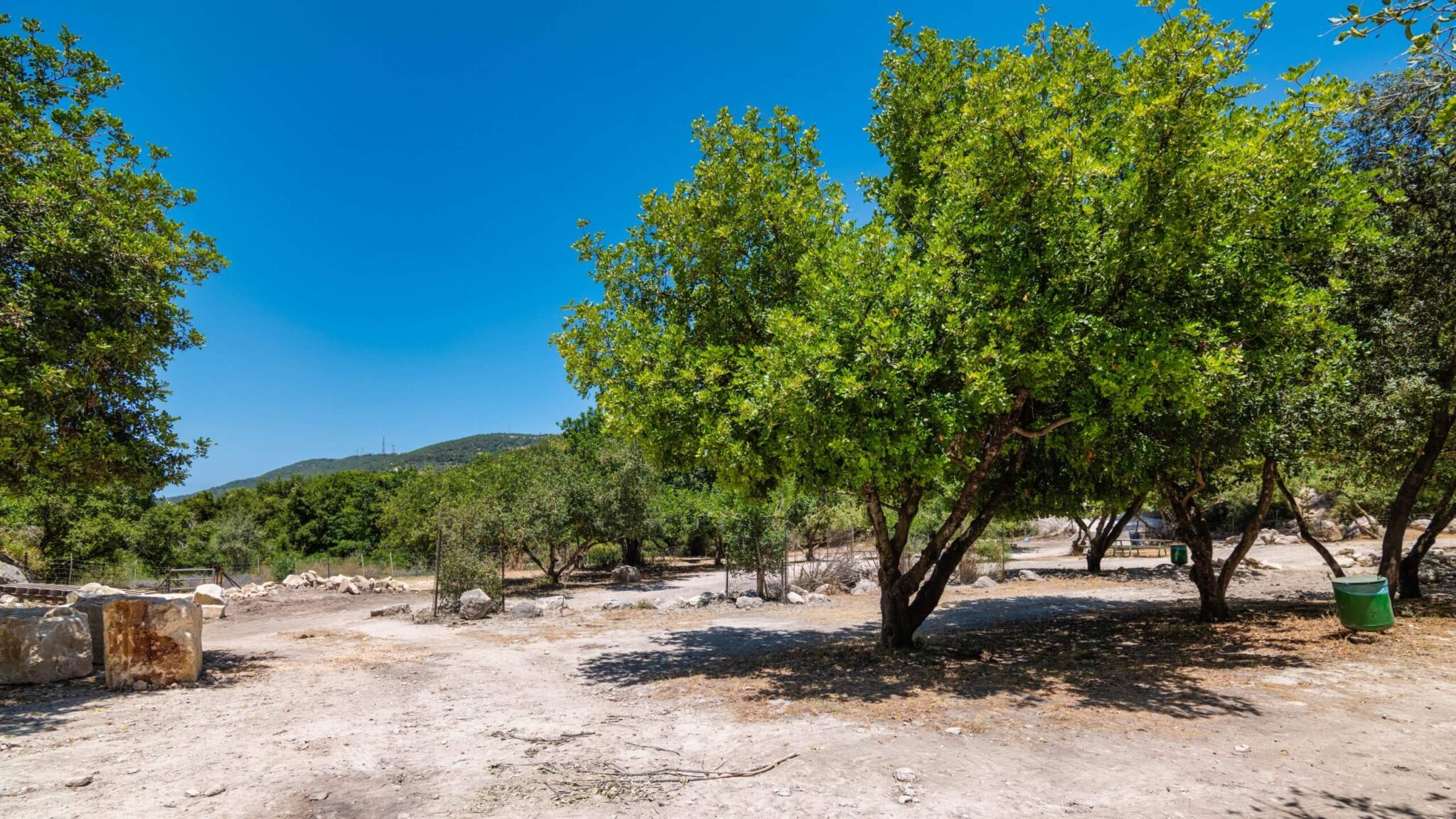Did you know that trees can be very effective in preventing fires? Yes, this is not a contradiction: in a new Israeli article it is suggested to use orchards as a tool against the spreading fire. How is this move possible and will we soon see more and more orchards "fighting" fires across the country?

Is there a more picturesque space than an orchard? It can be said that this small garden, with fruit trees, spice plants and vegetables for home consumption, is the pinnacle of pastoralism. Even the meaning of the word is graceful: "orchard" in Persian is "a place of smell". So, what is the connection between this picturesque space - and forest fires?
according to Article New Published in KKL-Junk's "Yer" magazine, orchards may be used as a tool to reduce fires and floods. How can these small decencies contribute to slowing down a raging fire, and how exactly does it work?
Burns everywhere
In recent years we hear about more and more severe forest fires around the world. About פי דו"H. The UN environmental program (UNEP), the phenomenon of extreme fires is even expected to soar globally, increasing by 14 percent by 2030, by 30 percent by the end of 2050 and by 50 percent by the end of the next century. In addition, one of the experts' conclusions in the report is that most governments around the world are not prepared for this situation.
What is happening with us? In Israel, the forest area is relatively small - only about one and a half million dunams, which is about 7 percent of the country's total area. In this rather limited area they break out About 1,000 fires on average each year, with their total area being about 37 thousand dunams (an area similar to the size of Netanya). The fires occur mainly in the summer months, with 75 percent of them breaking out between May and September.
One of the effective ways to prevent the spread of fires around the world, which is also used in Israel today, is the creation of buffer zones (buffering zones without or reduced vegetation) between settlements and the green areas and also between different parts of the forests themselves. In the new article, the author, Naa Eini Shariki, a master's degree student in urban planning at Tel Aviv University, deals with another method: using orchards and plantations as a tool to slow the spread of fire during a fire.
These are extensive garden areas, scattered all over Israel: the area of KKL-Junk gardeners only covers about 30 thousand dunams, mainly in the Western Galilee, Carmel and the Jerusalem area.
The importance of an orchard
Orchards may be effective in dealing with fires for several reasons. First, in many cases, the fruit trees, vegetable seedlings or spice bushes require extensive watering - and therefore their environment is wetter (for example, from the forest areas). Second, due to the fact that water systems for irrigation purposes are installed in the orchards - these areas are already adapted for placing emergency fire hydrants. Thirdly, the rate of fire spread is related, among other things, to the composition and shape of the vegetation, and in most orchards, broad-leaved trees whose flammability level is lower (for example, than coniferous trees found in forests) grow in orchards.
Fourth, in the orchards, a variety of work is performed such as mowing, pruning and plowing, which strengthen the tree canopy and reduce the dry plant material in the area - two factors that play a significant role in the spread of fire in a fire. Fifth, terraces that are often found in orchards allow pooling (creation of water bodies) that reduces surface runoff (sediment remaining on the surface of the soil) in a way that also reduces the dry plant material. "Especially in an era of climate crisis - where the vegetation suffers from dry conditions and extreme heat - the terraces can be a tool for increasing soil moisture", explains Eini Shariki.

The article presents two examples from the last few years of forest fires that occurred in Israel and that were slowed down thanks to orchards and plantations: the first is the fire that occurred in June 2021 in the "Mountain of the Wind" located near Neve Ilan, and the second is The great fire in the Judean Mountains August 2021.
In the fire that occurred in the wind mountain, the plantations located in the area's wadis were a major player in the fire suppression. "This area is characterized by steep slopes and river channels - wadis, where wind conditions can arise that increase the intensity of the fire, as in the case of the fire in Carmel", explains Eini Shariki. "During the fire on the Mount of Wind, the irrigated vineyards, which are in the wadis - stopped the spread of the fire."
In the fire that occurred in the Judean Mountains, combined factors contributed to stopping the fire. "This fire was contained in the Steph area, which is characterized, among other things, by olive groves and orchards," Eini Shariki testifies. "In addition, in this area there is, among other things, sparse coniferous vegetation and exposed areas - which influenced the pace of the fire's progress and contributed to its stopping."
And now, to plant?
According to Shariki, the reactions at KKL-Junk to the article and his proposals were positive. However, the implementation of the methods proposed in it still seems far away. "The idea of increasing the functionality of the fruit tree plots in the KKL-Junk forests and promoting the establishment of new orchards is admirable," says Omer Golan, director of the forest health section and fruit tree coordinator in the KKL-Junk Forestry Division. "But from my familiarity with the area and with the distribution of fruit tree plots, orchards and plantations throughout the country - not every place is suitable for establishing sites of this kind."
In addition, according to Golan, establishing orchards and planting fruit trees is a value in itself - independent of the important goal of protection against fires. "When you build an orchard, you don't do it just to protect against fire, but because there is a suitable place for it, a local community that needs it and suitable means for its maintenance," he explains.
Golan raises another complexity that needs to be taken into account: according to him, without the cooperation of the local community for the maintenance and operation of the orchards - the move is impossible. "In the past, there were various attempts to establish orchards that were mostly unsuccessful," he says. "These sites require special maintenance, for example, more watering, daily care and more attention." Therefore, there may be another possible solution. Edible forest It is an area designed so that different plants will support each other and depend on humans as little as possible: investment and watering is required only in the first years.
If so, it seems that there are different and varied solutions to the forest fires - and hence, we must choose how to deal with them and implement these solutions in the field. And who knows, maybe in the future the landscapes of Israel will be dotted with many colorful and fragrant orchards.
